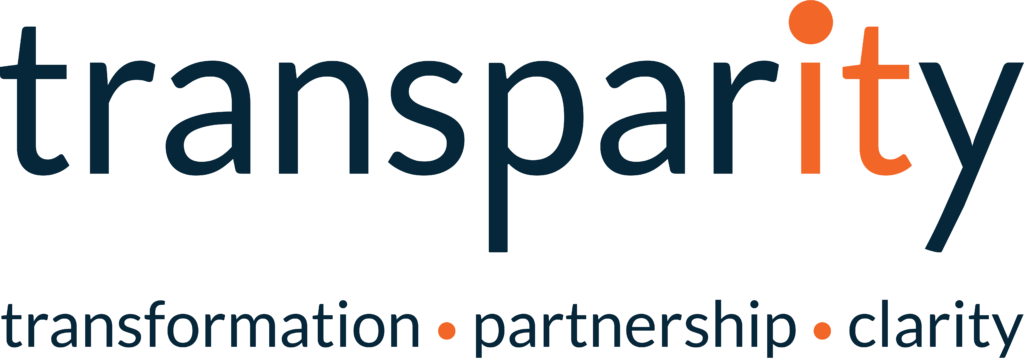As BI consultants, we often feel that the number of solutions out there promising to enhance your Business Intelligence landscape seems endless, doesn’t it?
We’re always on the lookout for tools that can be used to supply our clients with the best insights possible. Some might promise to enhance the accessibility of insights, while others state that they revolutionise the data migration process. To help organisations find the best tools for the insights they need, we’ve compiled a list of some of our most recommended tools.
Which ETL/ELT tools should I use?
Effective ETL/ELT processes are the cornerstone of many BI processes – enabling raw data to be transformed into meaningful insights, securely stored in a universal format, and more. Building reliable ETL/ELT pipelines can often be a challenging and complex procedure. However, these tools and platforms can make the process both easy and effective.
Azure SQL
As specialist BI consultants, the modern family of Azure SQL databases form the bedrock of the majority of our services and solutions.
The SQL database family is extremely flexible, making it perfect for almost any user looking for more reliable pipelines between applications.
Whether you’re leveraging a traditional SQL server or an Azure SQL database, these platforms can be used as a central location to store, transform, and structure data to support the likes of analysis services, visualisation tools, and more.
Azure Data Factory
Another Microsoft Azure solution, Data Factory is a cloud-based ETL tool which facilitates the movement of data from a wide variety of sources into a wide variety of destinations. More accessible and user friendly than SQL, Data Factory lets us easily construct ETL and ELT processes without the need for code.
Once data has been integrated, it can then be easily migrated to analytics tools such as Synapse to unlock business insights.
Azure Databricks
Azure Databricks can prepare, transform, and enrich data to be seamlessly integrated with a wide range of open-source and Azure platforms. For users seeking an ETL solution that is both agile and cost-effective, Azure Databricks is perfect for quickly building pipelines and processing data at scale in fully managed environments.
Python
While not a tool in itself, Python can be incredibly useful due to its reputation as a very powerful coding language. Using Python, experienced users can build their own ETL/ELT pipelines, controlling every aspect of them to achieve the exact result they want.
Python can be used to access libraries, extract data, and work with indexed data structures and dictionaries – critical for any ETL process.
What tools should I use for data visualisation?
For stakeholders and key decision makers, data visualisation reports are essential in enabling more trusted intelligence. We use two tools more than ever to deliver data visualisation capabilities for our clients:
Power BI
Microsoft Power BI remains to this day one of our most-used applications when we need to visualise data – for a host of reasons. It’s also what we recommend the most to clients who wish to get the greatest insight from their data. Customisable, agile, and constantly evolving, Power BI offers any user the ability to model data in a way that produces clear and precise reports.
We’ve been able to build a wide range of dashboards and solutions for different teams; including finance teams, stakeholders, CEOs or operations personnel.
Power BI also has great learning resources available, as well as a thriving online community. This means that newcomers can develop their Power BI skills and hone their data visualisation abilities.
TARGIT
TARGIT collects data from an array of sources, before performing analysis and BI processes, and finally visualising data. Presenting these visualisations clearly to users, TARGIT is a great alternative to Power BI for those looking for an end-to-end analytics and visualisation solution instead of the more modular approach.
What are our recommended analytics tools?
We use a wide range of tools to analyse data for both our clients and internal operations. Analytics tools are continuously evolving to satisfy increasing customer sophistication, so there are always tools out there to supply you with the insights you need. Some of our favourite analytics tools include:
Azure Analysis Services
No list of analytics tools is complete without Azure Analysis Services. They produce robust data models for a range of applications, such as Power BI and Excel.
Able to be deployed on-prem, via a virtual machine, or Azure’s PaaS offering, this is one of the original classic tools of data analytics available in both multi-dimensional and tabular solutions.
As a robust offering, SQL Server Analysis Services remain a powerful tool for providing visualisation tools with enriched data – one that we use constantly.
Azure Machine Learning
Machine Learning analytics promises to bring the most advanced insights possible to our clients. Taking advantage of predictive analytics, users can model potential future outcomes – empowering a proactive stance in the process.
However, until now, only enterprises with the most advanced architecture could take advantage of ML-based analytics.
Azure Machine Learning brings this potential to any enterprise and boasts an easily accessible, UI-driven approach to ML. With Azure Machine Learning Studio, users can construct pipelines of data, which are then consumed by responsive AI models for automated ML insights at the push of a button.
Azure Synapse
From the secure and centralised storage of data to the construction of data lakes and the subsequent analysis that follows, we’re constantly using Synapse as our tool of preference for all things Big Data. This is mainly because Synapse provides access to GPU-accelerated analytics with both serverless and dedicated options, meaning it’s great at handling large amounts of data at the same time.
Another benefit of Synapse is its emphasis on a code-free environment. Similar to Azure Machine Learning’s priority on accessibility, this enables a trouble-free approach to unified AI and BI analytics.
Find out more today
As specialist BI consultants, we deliver many tools and solutions for clients across diverse organisations. From enabling streamlined data migration to building tailored reporting dashboards, our tried and tested methodology is designed to add tangible short- and long-term value to your enterprise at any stage of its growth.
Visit our case studies hub to find out how we’ve previously enhanced our clients’ data.




